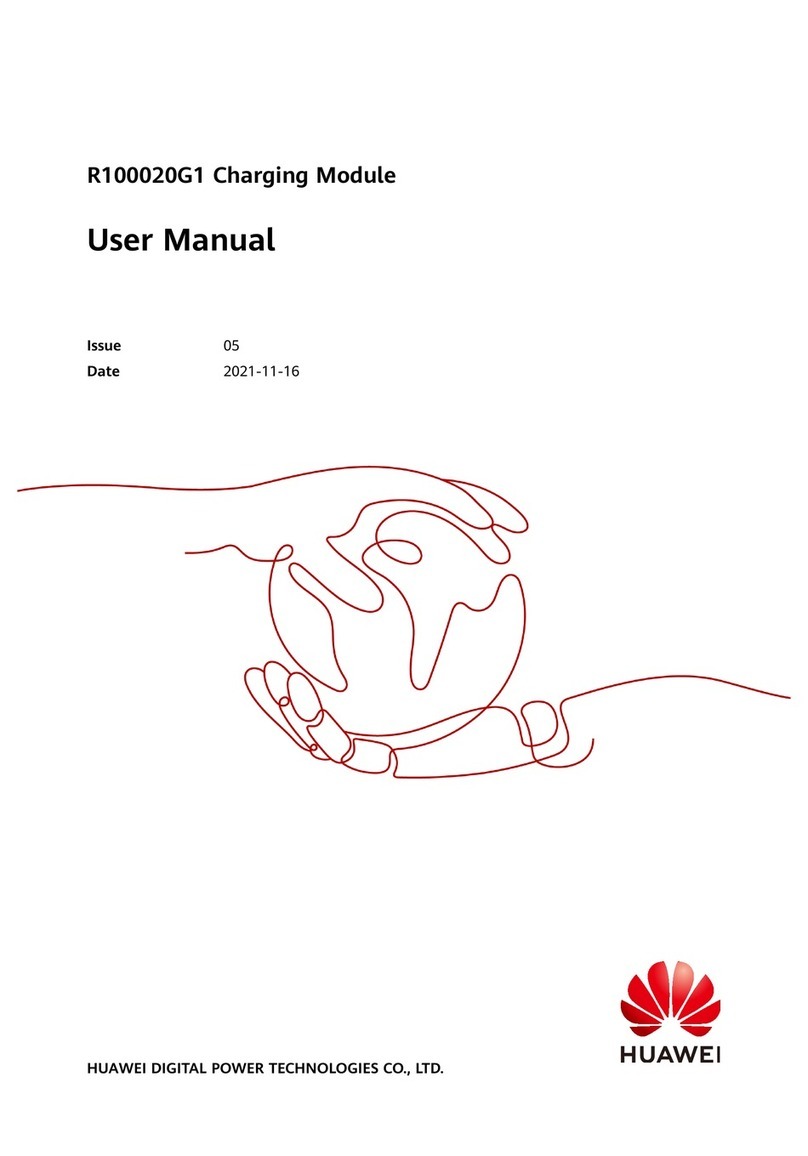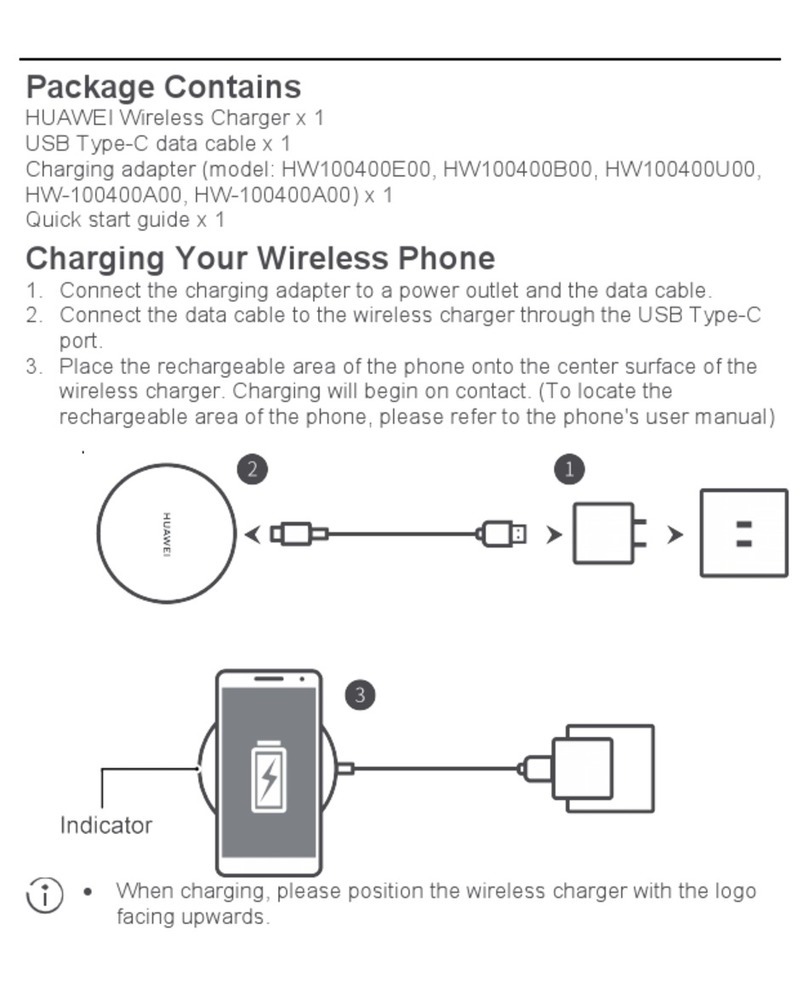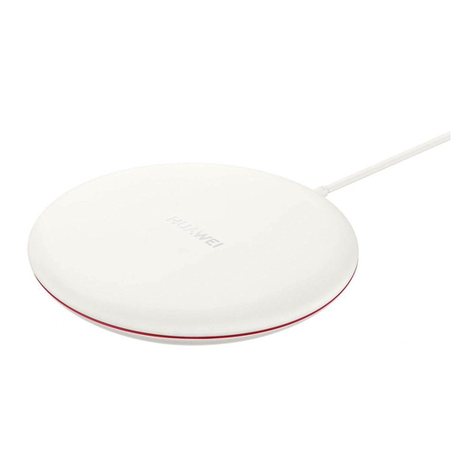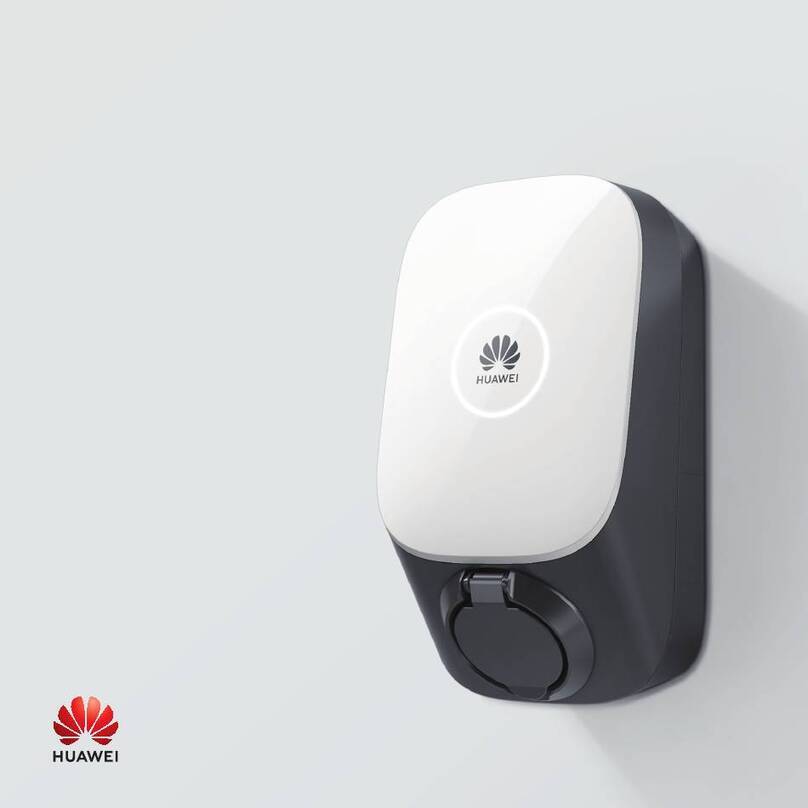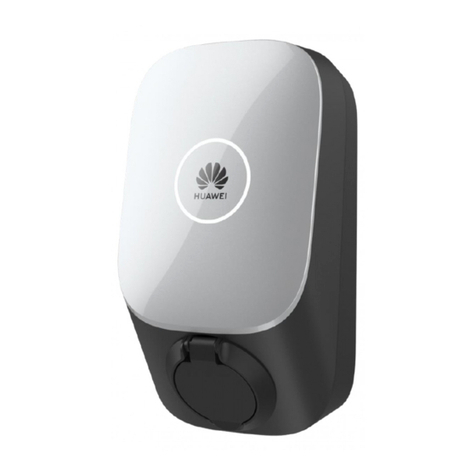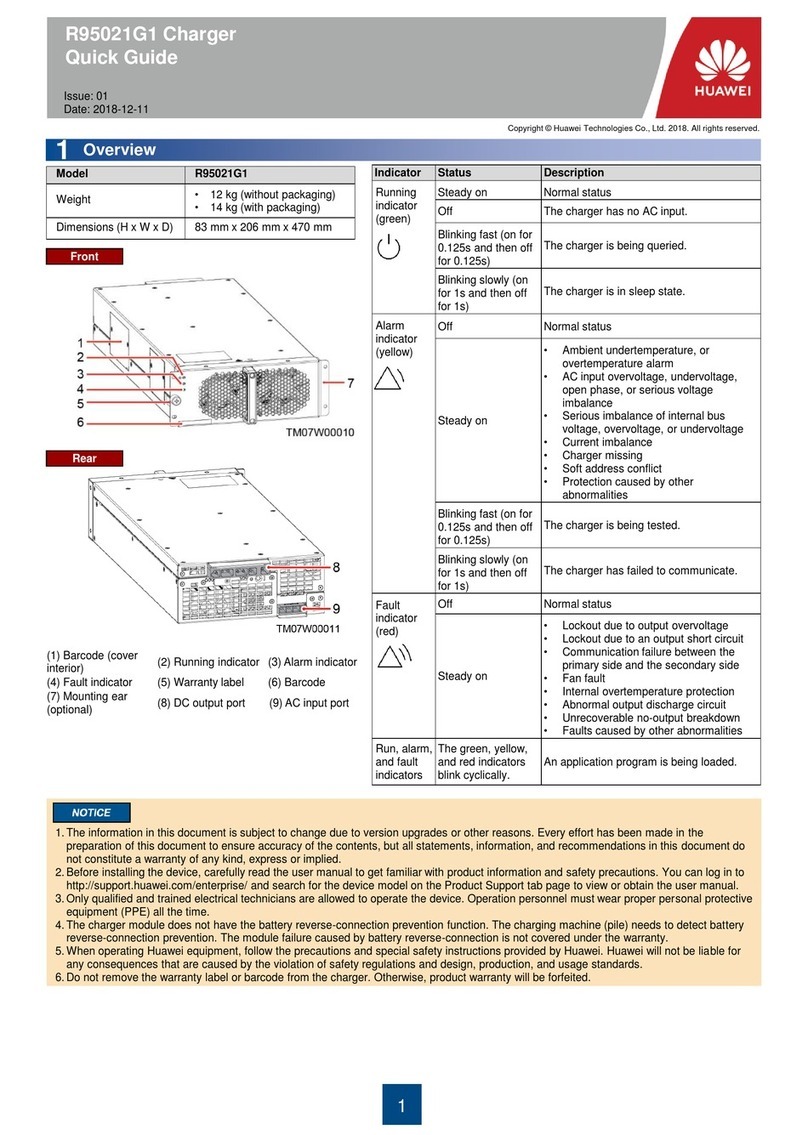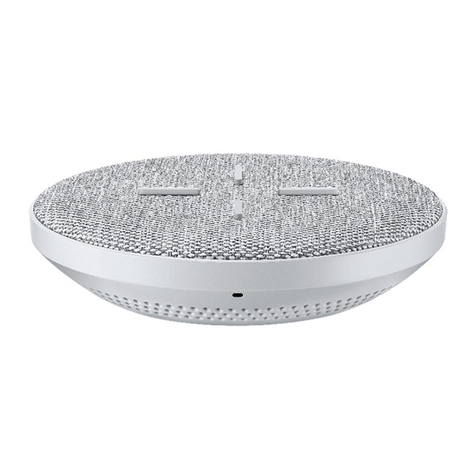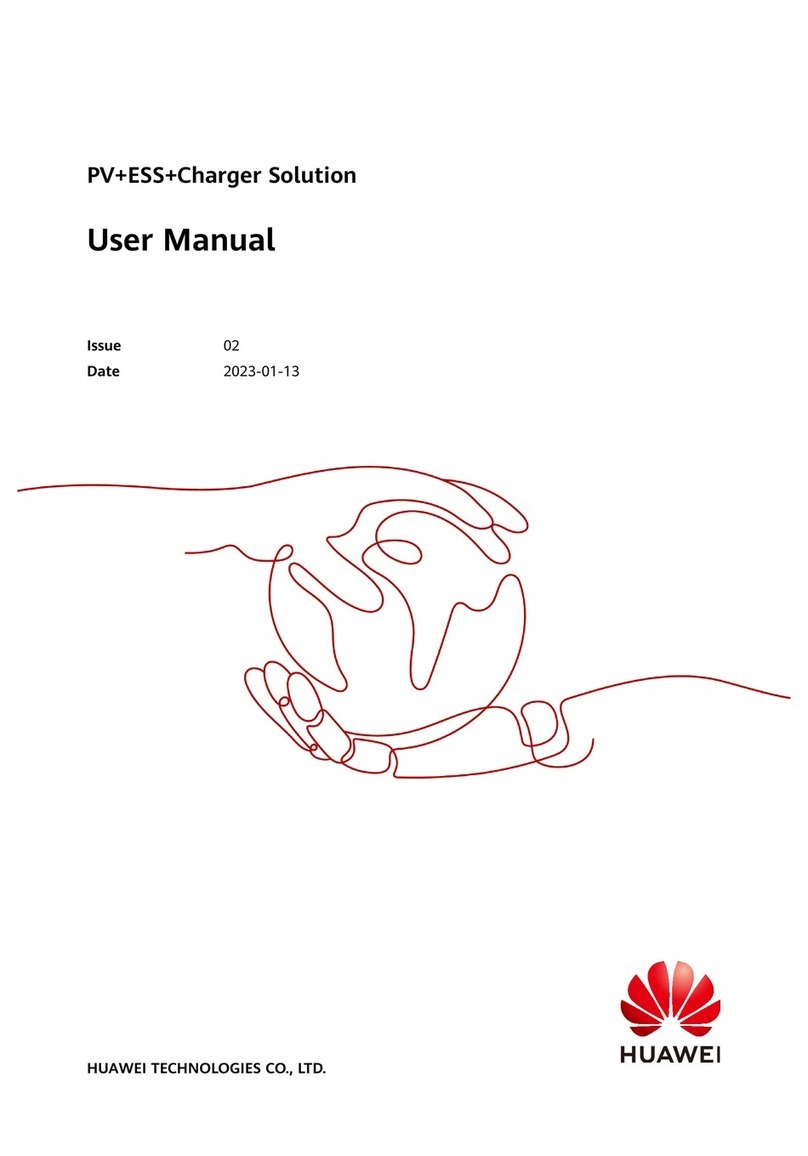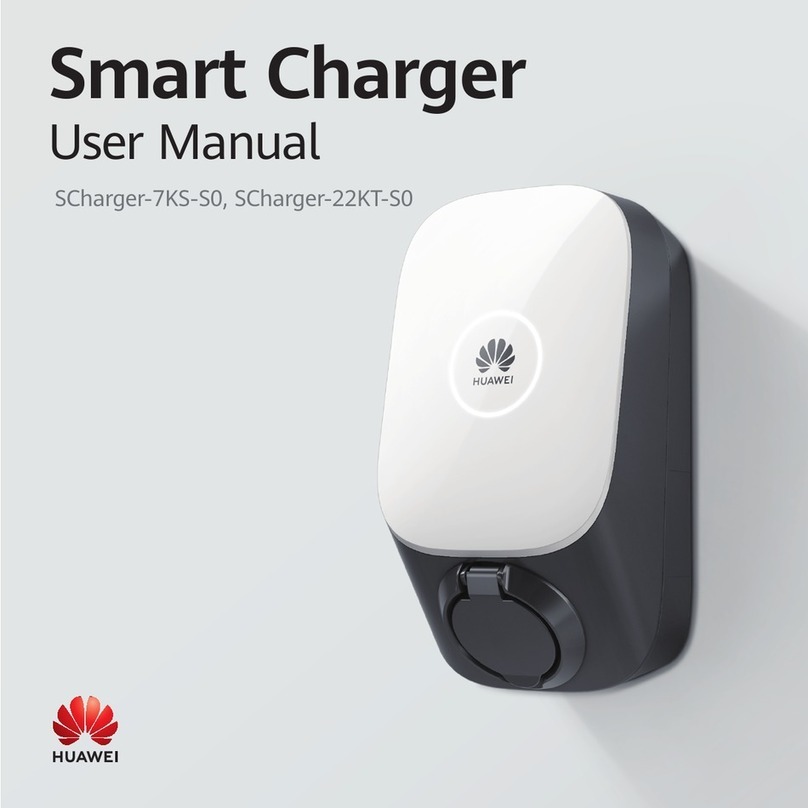
PowerCube 5000
User Manual (SmartLi 100Ah)
Copyright © Huawei Technologies Co., Ltd.
2.6 Smart ETH Gateway...................................................................................................................................................53
2.7 Combiner Box.............................................................................................................................................................54
3 Installation....................................................................................................................................55
3.1 Installation Preparations .............................................................................................................................................55
3.1.1 Installation Clearances.............................................................................................................................................55
3.1.2 Preparing Cables......................................................................................................................................................55
3.1.3 Tools and Instruments..............................................................................................................................................56
3.1.4 Transportation and Unpacking.................................................................................................................................58
3.2 Installing the ICC Cabinet ..........................................................................................................................................58
3.3 Installing an Isolation Transformer.............................................................................................................................61
3.4 Installing a PE Cable Between the ICC Cabinet and the Isolation Transformer.........................................................63
3.5 Installing the SmartLi .................................................................................................................................................64
3.5.1 Installing a Cabinet..................................................................................................................................................64
3.5.2 Connecting a PE Cable............................................................................................................................................67
3.5.3 Installing ESMs .......................................................................................................................................................68
3.5.4 Installing an IP21 Component .................................................................................................................................72
3.5.5 (Optional) Installing a Water Sensor........................................................................................................................73
3.6 (Optional) Installing a Combiner Box ........................................................................................................................74
3.7 Installing Cables .........................................................................................................................................................75
3.7.1 Installing a PV Input Power Cable...........................................................................................................................75
3.7.2 Installing an AC Input Power Cable ........................................................................................................................76
3.7.3 Installing Signal Cables Between Lithium Battery Cabinets...................................................................................78
3.7.4 Installing Cables Between the Lithium Battery Cabinet and the ICC Cabinet ........................................................80
3.7.5 Installing Cables Between the ICC Cabinet and the Isolation Transformer.............................................................82
3.7.6 Installing an AC Output Cable for the Isolation Transformer..................................................................................83
3.7.7 Installing Control Cables Between Two ICC Cabinets............................................................................................84
3.8 Installation Verification...............................................................................................................................................87
4 UI Description .............................................................................................................................89
4.1 ICC Cabinet MDU......................................................................................................................................................89
4.2 ICC Cabinet WebUI....................................................................................................................................................91
4.3 Lithium Battery Cabinet SBCU..................................................................................................................................94
4.4 Lithium Battery Cabinet WebUI.................................................................................................................................95
5 Power-on Commissioning.........................................................................................................97
5.1 Preparing for Power-On..............................................................................................................................................97
5.2 Power-On Mode of the ICC Cabinet...........................................................................................................................97
5.2.1 Powering On the ICC Cabinet Using PV.................................................................................................................97
5.2.2 Powering On the ICC Cabinet Using a Lithium Battery..........................................................................................98
5.2.3 Powering On the ICC Cabinet Using a Backup DG................................................................................................98
5.3 Setting Parameters for the ICC Cabinet......................................................................................................................99
5.4 Setting Parameters for the Lithium Battery Cabinet.................................................................................................102
5.5 Powering On Loads ..................................................................................................................................................103


